In Florence, the Uffizi Galleries commemorate Eleanor of Toledo (Alba de Tormes, 1522 - Pisa, 1562) five hundred years after her birth, and they do so with a major exhibition at the Pitti Palace: it’s Eleanor of Toledo and the Invention of the Medici Court in Florence, an exhibition curated by Bruce Edelstein (art historian and professor at New York University Florence) that the public can visit from Feb. 7 to May 14 in the spaces of the Grand Dukes’ Treasury on the ground floor of the Medici palace. It is the largest exhibition ever dedicated to the grand lady of the 16th century: more than 100 works, with relevant international loans, including paintings, drawings, tapestries, dresses, jewelry, and precious stones will tell the story of the life, personality and extensive cultural impact of the Duchess of Florence. Wife of Cosimo de’ Medici, who after his death became grand duke, duchess and regent of Florence, a politically influential woman, founder of the Boboli Gardens as it is known today, but also an icon of beauty, Eleonora was a queen of the fashion and costume of her time, a lover of art, a glittering Renaissance symbol of power and female charisma.
Daughter of the viceroy of Naples, Don Pedro de Toledo, Eleanor was endowed with extraordinary organizational skills and played a key role in the construction of the Medici court, introducing Spanish etiquette to Florence, revolutionizing the fashion of the elite, and contributing to the transformation of the Tuscan landscape. Just as ambitious as her husband, she would work with him to achieve important goals: increasing the stability of the state, guaranteeing her first son the throne and her second the purple, and raising Cosimo to grand ducal dignity, a goal achieved only after the death of Eleonora, who died of tuberculosis at the age of only 40.
The exhibition is divided into seven sections. The first, Childhood at the Court of Naples, recounts the childhood of the future duchess in Naples, a very important metropolis in the early 16th century. Some of the most important figures in her upbringing are, of course, Eleanor’s parents: her father Pedro de Toledo, viceroy of Naples and extraordinary patron of palaces, villas and gardens, and her mother, Maria Osorio Pimentel, through whom her husband obtained the noble title of marquis of Villafranca. Maria’s importance in the dynamics of the imperial court is confirmed by the fact that she was entrusted with the completion of the education of Margaret of Austria, illegitimate daughter of Charles V, in anticipation of her marriage to Alessandro de’ Medici, first duke of Florence. The wedding was to be one of the most important events at the viceregal court in Naples in the winter of 1535-36, when the emperor made his entrance into the Neapolitan capital after his naval triumph at Tunis.
The second section, The Arrival in Florence, recounts the moment when Eleanor arrived on the banks of the Arno as the wife of Cosimo, to whom she had previously married by proxy in Naples: the entrance was grand. Her arrival was celebrated with supreme pomp and circumstance, and thanks to this marriage, the entire Florentine society was able to establish itself on the international stage thanks to the prestige derived from the new ducal court. The re-enactment in the exhibition of the decorations made especially for the festivities can be offered through the display of drawings, musical scores, and other important works that sources recall among those displayed for the occasion in the courtyard of the Medici Palace; also on display are the rings that the duchess wore, one of which was found in Eleonora’s tomb and is now housed in the Grand Dukes’ Treasury in the Uffizi.
We then move on to the third section, Eleonora’s eleven children: as many as she had by Cosimo. The care of family interests and the birth of numerous offspring were among her main goals. The early death of the first duke of Florence, Alessandro de’ Medici, and the lack of legitimate heirs had provided Cosimo with the opportunity to be chosen as successor to the title with relative ease. The birth of his first daughter, Maria, occurred the following year of Eleonora’s arrival in the city. The male heir arrived second, after a propitious pilgrimage to the Franciscan shrine of La Verna, and was named Francesco. In rapid succession, then came Isabella, future duchess of Bracciano, Giovanni, who would be elected cardinal, Lucrezia, who became duchess of Ferrara, Garzia, Ferdinando, also first a cardinal and later a grand duke, and Pietro, a list to which should be added three children who died prematurely, Pietro known as "Pedricco," Antonio and Anna. In the education of her children, Eleonora played a key role and took careful care of their public image, perpetuating their memory through the execution of numerous portraits.
In the fourth section, Eleonora and Art, the audience gets to see how inspiring the duchess was to court patrons and in close dialogue with the likes of Bronzino, Francesco Bachiacca, Francesco Salviati, Giorgio Vasari and Giovanni Stradano. Less than a year after her arrival and little more than a month after the birth of her eldest daughter Maria, Eleonora devoted herself energetically to creating a residence suited to the needs of the ducal court. The family stopped living in Palazzo Medici, moving to Palazzo Vecchio, where the project that would transform the old seat of the Signoria into the opulent residence of the ducal family and their servants, with apartments reserved for the court’s prestigious guests, was soon underway. Special emphasis is given in the exhibition to the duchesses’ interest in the work produced by theArazzeria Medicea, founded by Cosimo.
With the fifth section, Queen of Fashion in Sixteenth-Century Florence, we get to the heart of the impact of Eleonora’s taste in the transformation of fashion in Florence, through the imposition of clothes and dress adopted in the Neapolitan court of her father Don Pedro di Toledo. Eleonora was directly responsible for the clothing choices of her children, her ladies, her husband, and the entire court. Both for Francesco, who at only seven years of age undertook his first public mission by going to Genoa to meet the future king of Spain Philip II, and for Giovanni on his trip to Rome in 1559 in the company of Vasari to collect his cardinal’s hat, it was always Eleonora who chose their clothes. The stars of these rooms are two double portraits by Bronzino in which the princess is accompanied in one by her eldest son Francesco and in the other by her second male son Giovanni. We continue withLove for Gardens and the “creation” of Boboli: Eleonora played a role of great innovation not only in fashion but also in the development of greenery. The most important work among the duchess’s commissions was undoubtedly the Boboli Gardens. Eleonora’s love for these spaces stemmed from her childhood in Naples, where her father had commissioned a number of princely residences for which new types of gardens had been created. In Tuscany, Eleonora and Cosimo would assiduously frequent the villas of Poggio a Caiano to that of Castello, delighting in various types of hunting and fishing. At Castello, the young princes were probably instructed in bird hunting by the famous court dwarf Morgante, and this activity was also conducted at Boboli. The passion for gardens and suburban living is closely related to an economic strategy aimed at greatly increasing the Medici family’s estates by making them profitable through the cultivation of grain. The last chapter of the exhibition, The Legacy of Eleanor, is devoted to Eleanor’s posthumous fortune and her cultural legacy. From portraits that perpetuate her memory as Cosimo’s consort (after he was granted the grand ducal title), to later portrayals that show her aged and suffering, or florid and young, as she appears in Bronzino’s very famous portrait with his son Giovanni. Eleonora’s many cultural legacies in the religious field certainly include the support given to the Jesuits in Florence, which would enshrine their success later made their own by Bartolomeo Ammannati, architect of the Pitti Palace, and his wife Laura Battiferri, a famous poetess closely linked to the Duchess, and the foundation by will of a monastery for noblewomen dedicated to the Holy Conception.
“As is well known,” says the director of the Uffizi, Eike D. Schmidt, “the history of the Medici family in Florence ended with a great woman, Anna Maria Luisa de’ Medici, who signed the Family Pact on October 31, 1737, so that the artistic and cultural treasures of the dynasty would not be sold and dispersed around the world but would remain in the city and in Tuscany. No less important was the sovereign who in the 16th century laid the foundations of the principality, Eleanor of Toledo, whose efforts even today determine the face of Florence: think only of the Palazzo Vecchio refitted and decorated by some of the greatest painters of the time to house her apartments and where she went to live in 1540; the Boboli Gardens and the Pitti Palace, purchased in February 1550 by the duchess with her own finances and transformed according to her personal design ideals and actively administered by her, as a true manager of the estate. Together with Vittoria Colonna, Eleonora was also one of the great female patrons, not only of artists but also of men of letters and philologists. Not only that. Like the duchess of Mantua Isabella d’Este, the Spanish transplanted to Florence also had a weakness for clothing and was a true arbitra elegantiarum, almost an Anna Wintour of the period.”
For all info you can visit the Uffizi website.
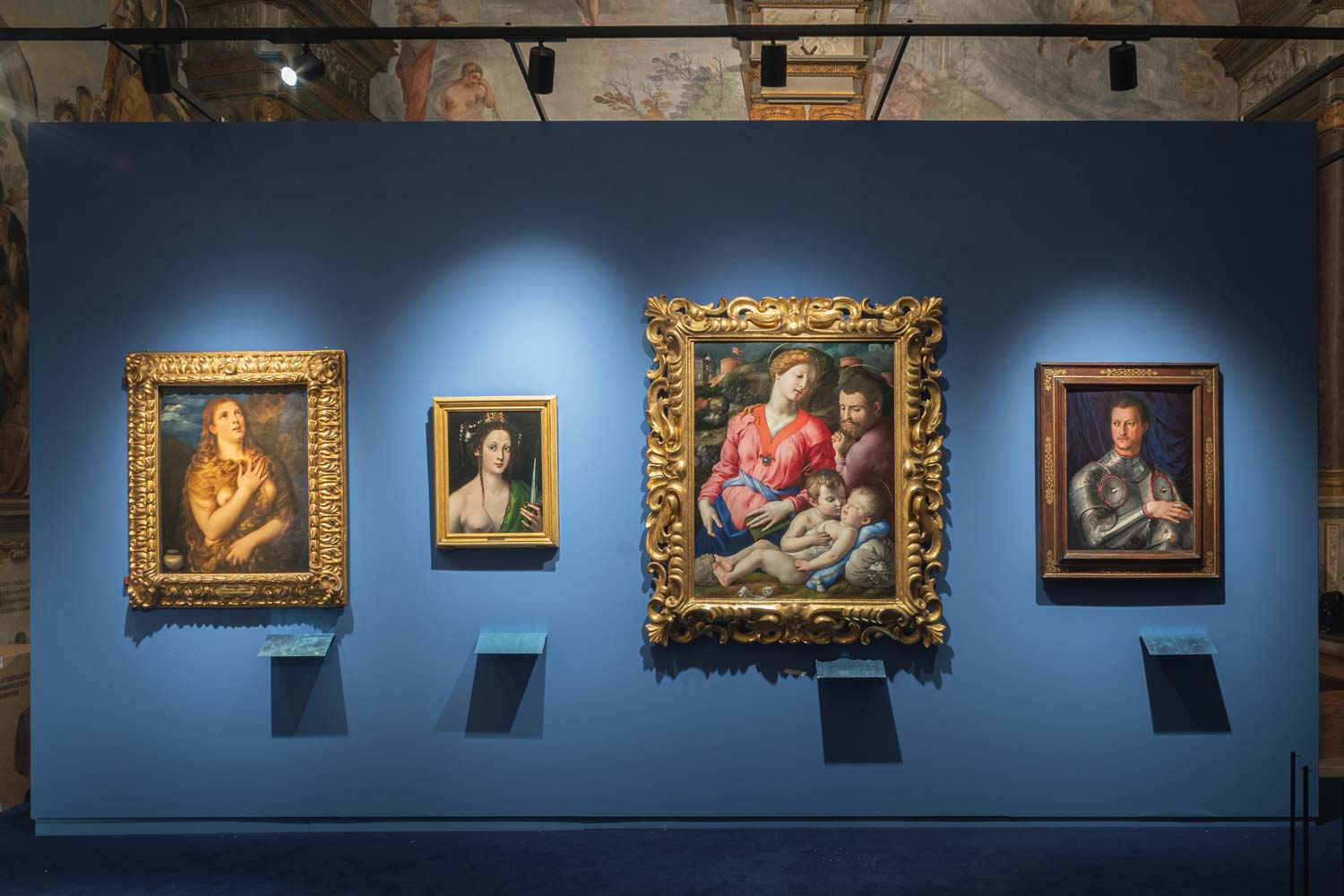 Layouts of the
Layouts of the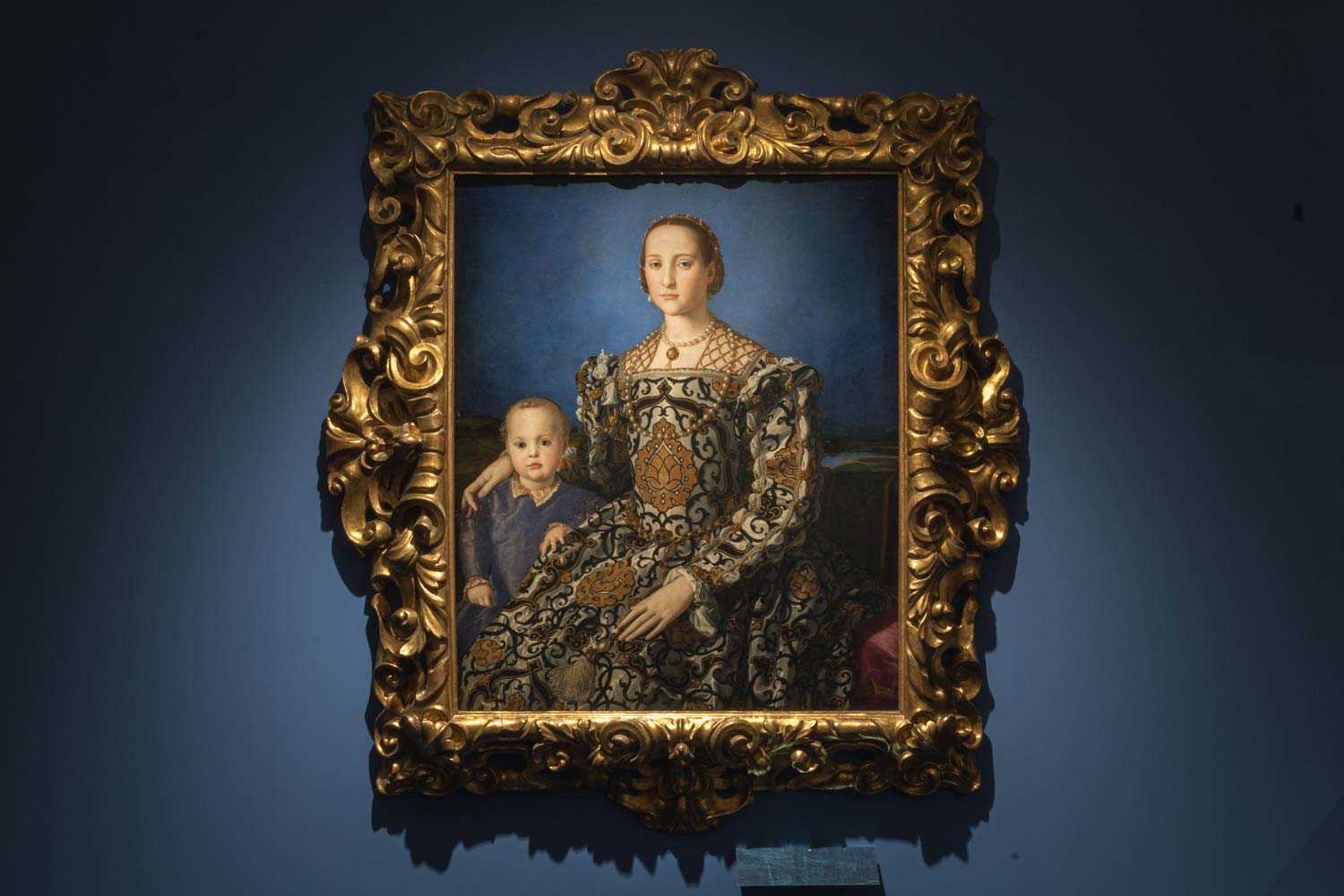 Layouts of the
Layouts of the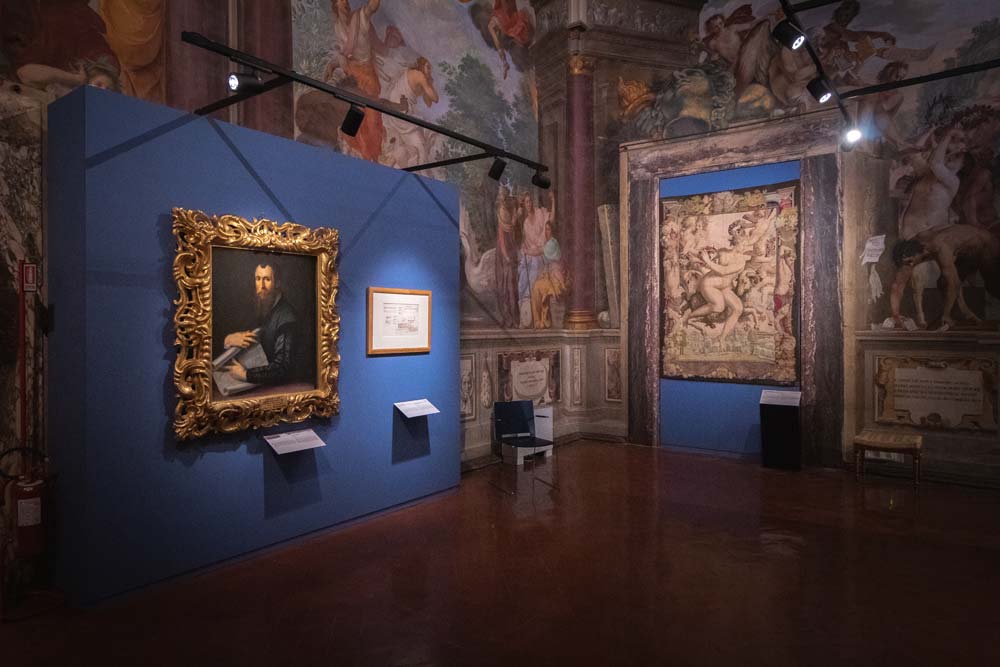 Preparations of the exhibition Eleonora
Preparations of the exhibition Eleonora Preparations of the exhibition Eleonora
Preparations of the exhibition Eleonora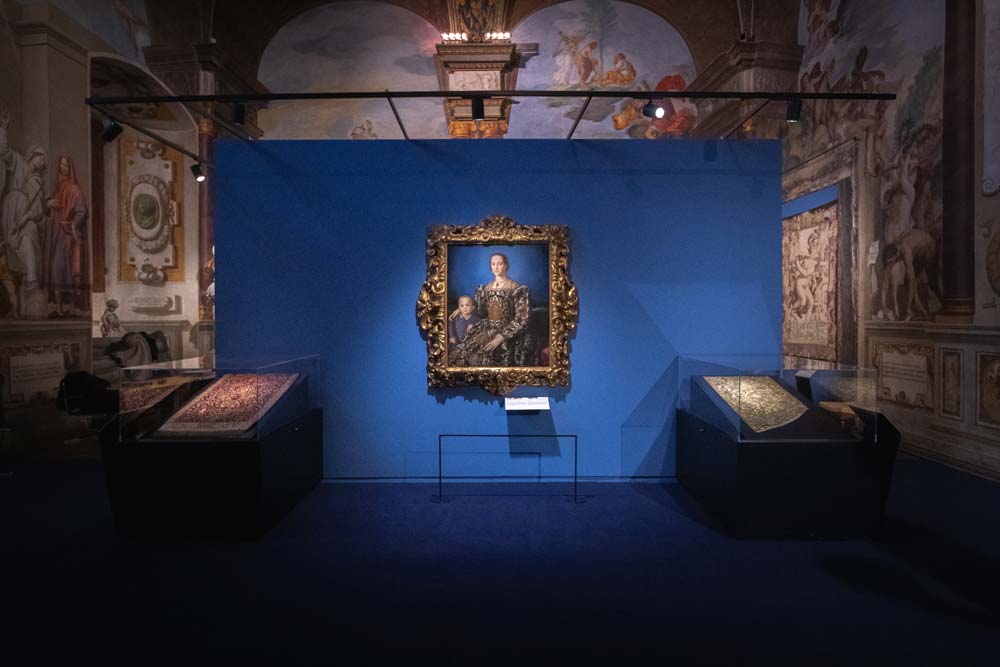 Preparations of the exhibition Eleonora
Preparations of the exhibition Eleonora Preparations of the exhibition Eleonora
Preparations of the exhibition Eleonora Preparations of the exhibition Eleonora
Preparations of the exhibition Eleonora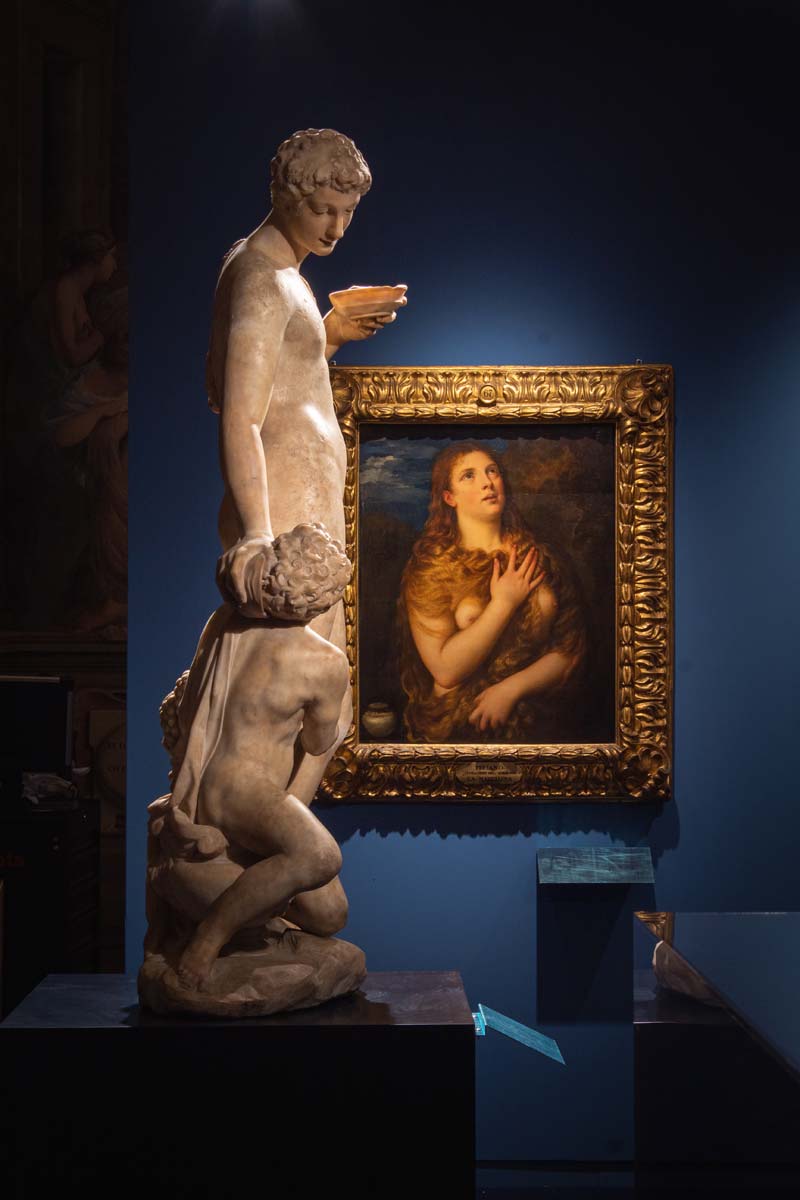 Preparations of the exhibition Eleonora
Preparations of the exhibition Eleonora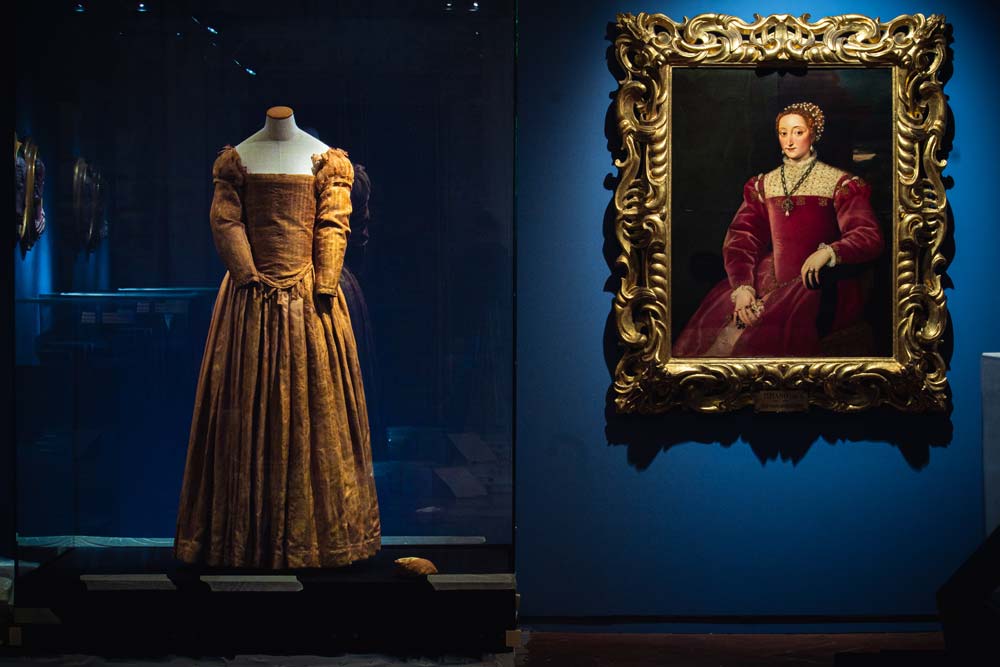 Preparations of the exhibition Eleonora
Preparations of the exhibition Eleonora Set-ups of the
Set-ups of the
 |
| Florence, at the Pitti Palace the major exhibition on Eleanor of Toledo |
Warning: the translation into English of the original Italian article was created using automatic tools. We undertake to review all articles, but we do not guarantee the total absence of inaccuracies in the translation due to the program. You can find the original by clicking on the ITA button. If you find any mistake,please contact us.